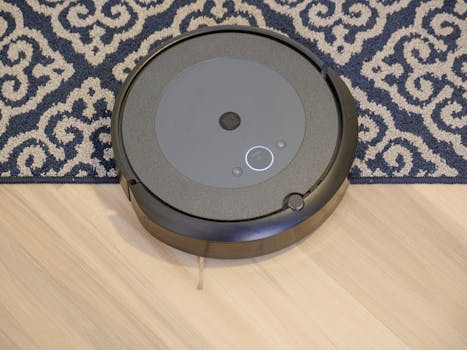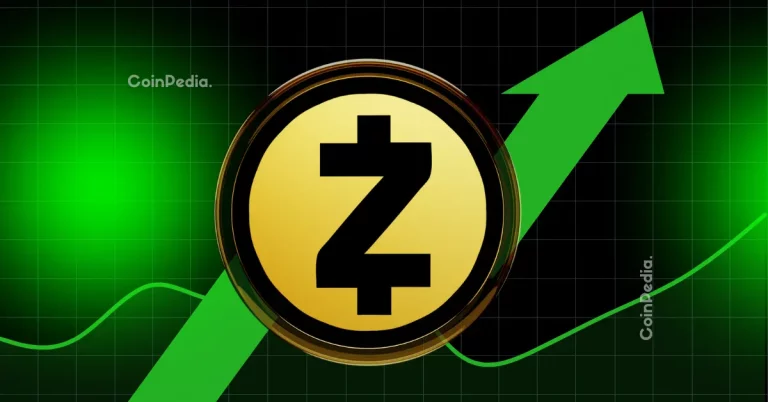
Smart Homes and Smart Living: The Technological Transformation of European Homes by 2025
Smart Homes and Smart Living are transforming the way Europeans live, work, and interact with their surroundings. As we approach 2025, it’s essential to understand the latest trends, technologies, and innovations shaping the future of European homes. In this article, we’ll delve into the world of smart homes and smart living, exploring the benefits, challenges, and opportunities that come with this technological transformation.
Introduction to Smart Homes and Smart Living
Smart homes and smart living refer to the integration of technology and automation in residential buildings to enhance the quality of life, comfort, and convenience. This concept involves the use of advanced technologies such as Internet of Things (IoT), artificial intelligence (AI), and data analytics to create a connected, efficient, and sustainable living environment.
Trends and Technologies Shaping Smart Homes and Smart Living
Several trends and technologies are driving the growth of smart homes and smart living in Europe. Some of the key trends include:
- Energy efficiency and sustainability: Smart homes are being designed to optimize energy consumption, reduce waste, and promote sustainable living.
- Home automation: Advanced automation systems are being integrated into homes to control lighting, temperature, security, and entertainment systems.
- IoT and connected devices: The increasing use of IoT devices and connected appliances is enabling seamless communication and interaction between devices, making life easier and more convenient.
- AI and machine learning: AI-powered systems are being used to analyze data, predict patterns, and make decisions, enhancing the overall smart home experience.
Benefits of Smart Homes and Smart Living
The benefits of smart homes and smart living are numerous. Some of the most significant advantages include:
- Enhanced comfort and convenience: Smart homes provide a comfortable and convenient living environment, with automated systems and devices that can be controlled remotely.
- Energy efficiency and cost savings: Smart homes are designed to optimize energy consumption, reducing waste and saving homeowners money on their energy bills.
- Improved safety and security: Smart homes often feature advanced security systems, including motion detectors, cameras, and alarm systems, providing an added layer of protection for homeowners and their families.
- Increased property value: Smart homes are becoming increasingly desirable, with many homeowners willing to pay a premium for properties that feature advanced automation and technology.
Challenges and Opportunities in Smart Homes and Smart Living
While smart homes and smart living offer numerous benefits, there are also challenges and opportunities that need to be addressed. Some of the key challenges include:
- Cybersecurity: The increasing use of connected devices and IoT technology raises concerns about cybersecurity and the potential for hacking and data breaches.
- Interoperability: The lack of standardization and interoperability between different devices and systems can create compatibility issues and make it difficult to integrate new technologies.
- Cost and accessibility: Smart homes and smart living technologies can be expensive, making them inaccessible to many people, particularly in low-income households.
Conclusion
In conclusion, smart homes and smart living are revolutionizing the way Europeans live, work, and interact with their surroundings. As we approach 2025, it’s essential to understand the latest trends, technologies, and innovations shaping the future of European homes. While there are challenges to be addressed, the benefits of smart homes and smart living are undeniable, and it’s likely that this technological transformation will continue to shape the future of European homes for years to come.






